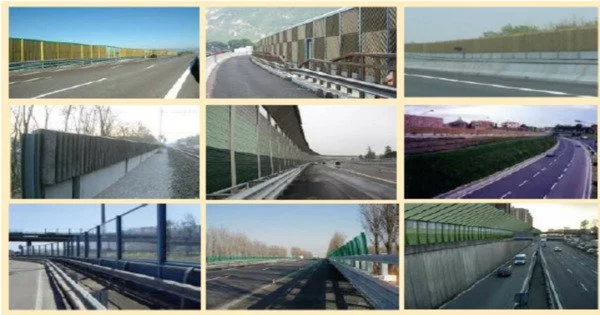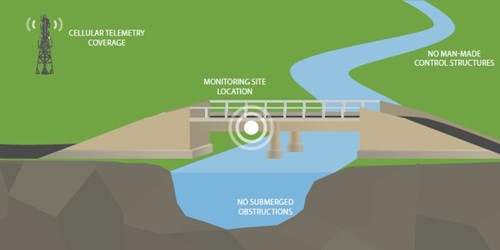A noise barrier (also called a noise wall, sound berm, or acoustical barrier) is an exterior structure designed to protect inhabitants of sensitive land use areas from noise pollution. It is a physical structure designed to reduce noise pollution in certain areas. Noise barriers are the most effective method of mitigating roadway, railway, and industrial noise sources – other than cessation of the source activity or use of source controls. These barriers are typically constructed alongside roads, highways, railways, industrial sites, or other sources of loud noise to protect nearby communities or sensitive areas from excessive sound.
The primary purpose of noise barriers is to block, absorb, or diffract sound waves, preventing them from traveling directly into the nearby environment. They help to create a quieter and more peaceful environment for residents and reduce the negative impacts of noise on human health and well-being.
There are several types of noise barriers, including:
- Reflective barriers: These barriers are solid structures made of materials like concrete, metal, or wood. They work by reflecting sound waves away from the protected area, redirecting noise back toward its source.
- Absorptive barriers: Absorptive noise barriers are intended to absorb sound waves and thereby reduce noise intensity. These barriers are made of sound-absorbing materials like fiberglass or specialized porous materials.
- Transparent barriers: Transparent noise barriers are built of materials such as acrylic or polycarbonate sheets. They allow light to pass through while offering some noise suppression.
- Combination barriers: Some noise barriers combine reflective and absorptive properties to optimize noise reduction.
In the case of surface transportation noise, other methods of reducing the source noise intensity include encouraging the use of hybrid and electric vehicles, improving automobile aerodynamics and tire design, and choosing low-noise paving material. Extensive use of noise barriers began in the United States after noise regulations were introduced in the early 1970s.
Noise barriers are often required by law or regulations in areas where noise levels exceed specific limits. The effectiveness of a noise barrier depends on several factors, including its height, design, materials used, and the topography of the area.
While noise barriers can be effective in mitigating noise pollution, they may not completely eliminate noise, especially for high-speed roads or railways. Moreover, noise barriers should be carefully planned and integrated into the surrounding environment to avoid negative visual impacts and maintain aesthetic harmony with the landscape.
















